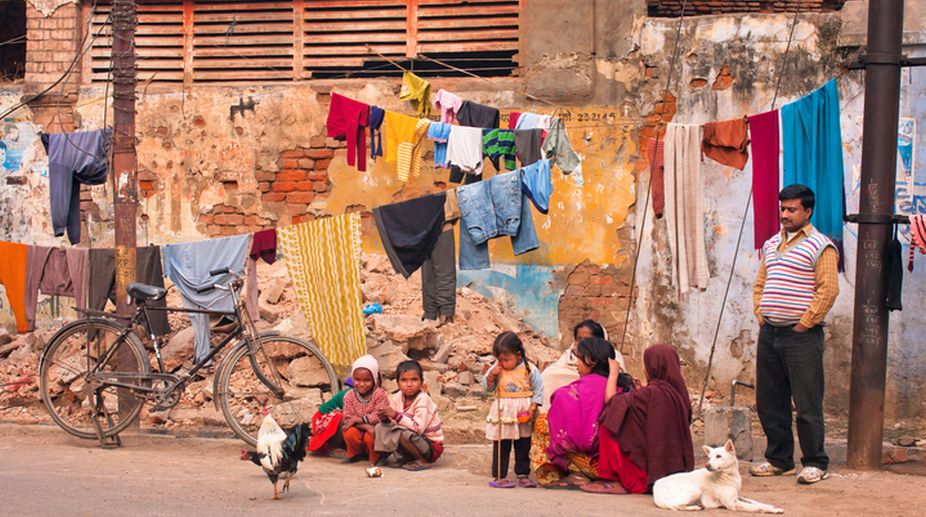Just when the so-called “remonetisation”, eventually a measure of forward movement since November 8, was expected to put the rural economy back on the rails, the bedrock of development has been severely jolted on the bread-and-butter issue of wages. Not to put too fine a point on it, the increase in the Mahatma Gandhi NREGS has been almost absurdly incredible in eleven states, with eastern India being quite the worst affected. It thus comes about that Assam, Bihar, Jharkhand, Uttarakhand and Uttar Pradesh will have to make do with a rupee rise each day. Odisha scores marginally better with Rs.2 and West Bengal must only be mildly happy with a Rs.4 hike.
Small wonder that discordant notes are resonant across the country. While Haryana boasts the highest daily wage ~ Rs 277 ~ Bihar and Jharkhand will continue to languish at a daily rate of Rs.168. Neither figure takes into account the siphoning of funds by the village middlemen who have arrogated to themselves a pivotal role in the allocation of the stipulated minimum 100 days’ work a year. A watershed initiative in the social sector, that was trumpeted as a flagship achievement by the Congress-led UPA government, has come to be plagued by inequity, bereft of even a semblance of uniformity. The original praxis that was abandoned in 2008 was remarkably rational ~ the daily payment for workers was the same as the minimum wage of a particular state. From region to region, the difference has become sharper ever since the Centre decided to link the daily wage to the Consumer Price Index for Agricultural Labourers.
The ministry of rural development does have a point when it argues that adoption of the state’s minimum wage will benefit workers in those states that increase their minimum wages more frequently ~ and at a higher rate ~ than others. In the net, the targeted group or more accurately the BPL category is suffering the worst of both worlds. Imperative therefore is a uniform procedure for revising minimum wages under the scheme.
If the latest Economic Survey is an index to go by, the workers in several states would appear to be shortchanged because of what it calls the “exclusion error”, for which the poor in at least five states ~ Bihar, Madhya Pradesh, Rajasthan, Odisha, and UP ~ could access only a third of the resources spent on the scheme in 2015-16.
These states represent the country’s drought-prone poverty baskets, though Bihar, Odisha, and UP are vulnerable to floods as well. It is a commentary on the “benefits” or the lack of it that the states that are predominantly poor, incurred only 30 per cent of the total expenditure. The concept of welfare has been severely denuded a decade after the MGNREGS was flagged off.
The rural economy is stuttering despite the touted GDP.











